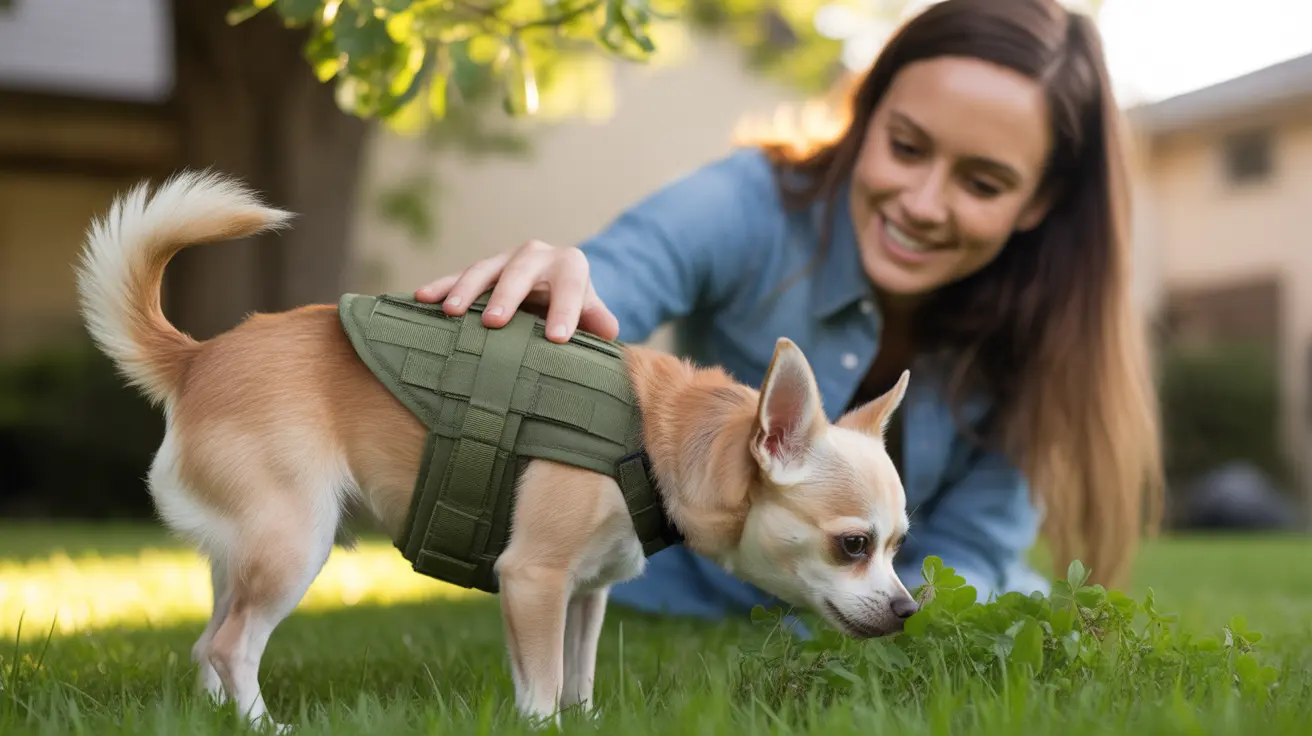Understanding the Threat of Hawk Attacks on Small Dogs
For small dog owners, the sight of a hawk circling overhead can be genuinely concerning. While hawk attacks on dogs are relatively rare, they do pose a real threat to very small breeds, particularly those weighing under 20 pounds. Understanding this risk and knowing how to protect your pet is essential for responsible dog ownership.
Most hawks can only carry prey weighing up to 4 pounds, which means the majority of adult dogs are too heavy to be carried away. However, this doesn't eliminate the risk of attacks, especially for toy breeds and puppies that fall within this weight range.
Size Matters: Which Dogs Are Most at Risk
The most vulnerable dogs are those weighing under 10 pounds, particularly:
- Chihuahuas
- Yorkshire Terriers
- Toy Poodles
- Maltese
- Young puppies of any breed
While larger birds of prey, such as great horned owls, might attempt to attack dogs weighing up to 20 pounds, successful predation is extremely rare. These attacks typically result in injury rather than abduction.
Why Hawks Target Small Dogs
Hawks don't naturally seek out dogs as prey, preferring smaller wildlife like rodents and birds. However, several factors can lead to attacks:
- Territorial defense during nesting season
- Scarcity of natural prey
- Mistaking small dogs for typical prey animals
- Opportunistic hunting behavior
Essential Protection Strategies
Physical Barriers and Supervision
The most effective way to protect your small dog from hawks is through direct supervision and physical barriers:
- Never leave small dogs unattended outdoors
- Install protective covering over dog runs and play areas
- Use hawk-proof vests or jackets for additional protection
- Keep dogs on a leash during walks
Environmental Modifications
Make your yard less attractive to hawks by:
- Removing bird feeders and other wildlife attractants
- Securing garbage containers
- Eliminating outdoor pet food
- Installing reflective deterrents or owl decoys
Best Practices for Walking Small Dogs
When walking your small dog in areas where hawks may be present:
- Choose walking times during peak human activity
- Stay away from known raptor nesting areas
- Walk in groups when possible
- Keep your dog close and visible
- Carry noise-making devices for emergency deterrence
Emergency Response to Hawk Encounters
If you encounter a hawk showing interest in your dog:
- Make loud noises to startle the bird
- Stand close to your dog
- Wave your arms to appear larger
- Move to a protected area immediately
- Seek veterinary care if any contact occurs
Frequently Asked Questions
Can hawks actually attack and carry away small dogs?
While hawks can attack small dogs, they can typically only carry prey weighing up to 4 pounds. Most adult dogs are too heavy to be carried away, though injuries from attacks are possible.
Which dog breeds or sizes are most at risk from hawk attacks?
Dogs weighing under 10 pounds are at greatest risk, including toy breeds like Chihuahuas, Yorkshire Terriers, and very young puppies.
What are the best ways to protect small dogs from hawks outdoors?
The most effective protection methods include constant supervision, physical barriers like covered runs, protective vests, and keeping dogs on a leash during walks.
Why do hawks attack small dogs if they're not typical prey?
Hawks may attack small dogs due to territorial defense, scarcity of natural prey, or mistaking them for typical prey animals. These attacks are usually opportunistic rather than planned hunting behavior.
How can I deter hawks from coming into my yard or attacking my dog?
Effective deterrents include removing food sources that attract prey animals, installing reflective devices or owl decoys, and using protective covering over outdoor areas where your dog spends time.
Conclusion
While hawk attacks on small dogs are relatively rare, the risk is real enough to warrant preventive measures. By understanding hawk behavior and implementing appropriate safety strategies, you can significantly reduce the risk to your pet. Remember that supervision is your best defense, and never leave very small dogs unattended outdoors.






